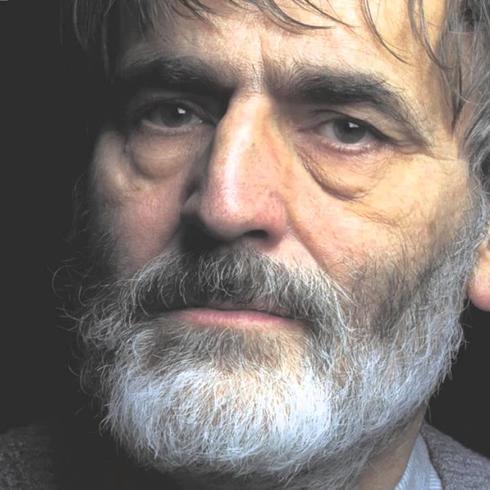
" My Melodies "
For eigth horns and orchestra
SÉLECTION 2019
- Nominated for : The Musical Composition Prize 2021
Helmut Lachenmann's My Melodies begins tumultuously with an orchestral tutti. Only gradually does a microtonally fluctuating horn tone emerge from this creative chaos, before the breath sounds of the horn group determine the musical events, which resound over a delicate veil of the string player's high pitches. Generally, the work opens up new dimensions of spatial sound, making music the "object of observation" and the concert hall the "place of adventure" (Lachenmann). The composition, according to its creator, was a special challenge because he was forced "to find something like harmony with the set of instruments of eight horns. There are now four tones, two tones, eight tones. And, of course, they wanted to be tuned and designed. I began to write down the respective unused notes, to avoid penetrating octave doublings and to explore new chord relations. Chord: that is, the combination of the same sound sources form an interval complex, which tones begin and end more or less simultaneously.
Apart from a few passages in which the horns emerge soloistically as a collection of tone colours, they are firmly integrated into the acoustic texture of the orchestra and, with their characteristic tone colour, they create a variety of resonant and associative spaces.
Berlin Philharmonic, March 2019
"I always have to do what I can't do. And the story with the eight horns is simple: When I rehearsed my opera 'Das Mädchen mit den Schwefelhölzern' (The girl with the matches), in which eight horns also appear, there was only a partial rehearsal with the horn players. And that sounded so beautiful - more beautiful than the entire opera. Then I thought: This is a new device! There are no soloists in the classical sense, in which each individual plays a virtuoso figure or something similar. These eight - that is one single instrument. It's not about new sounds, it's about new hearing. But to place the antennas on this energy of hearing, I first had to suspend the view on the melody. That was a reason to avoid the 'Melodious', or at least to keep it totally in check. Now everyone is waiting for a melody and, of course, I will have to disappoint them all.
My Melodies are simply not 'my melodies' - they don't exist - however, Frank Sinatra sends his regards: "They convey 'my way' of melodies in the creative handling of the means of sound."
Helmut Lachenmann, 2018

